Name Loie Fuller Role Dancer | Movies Le lys de la vie Siblings Mollie Fuller | |
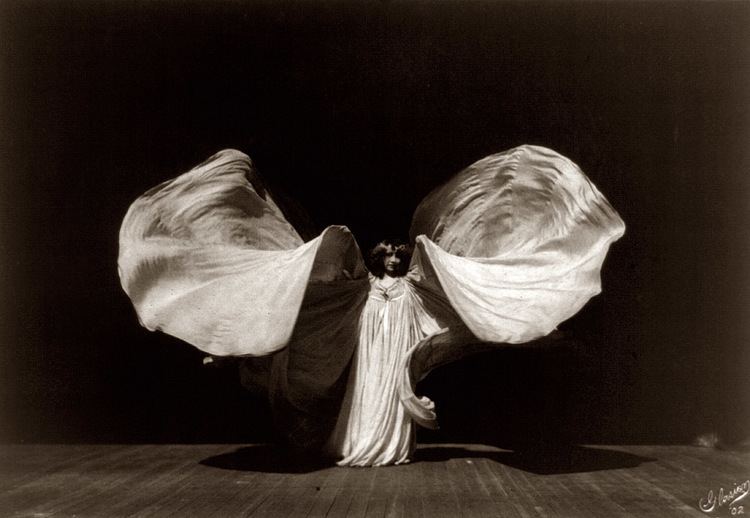 | ||
Books Fifteen Years of a Dancer's Life: With Some Account of Her Distinguished Friends Similar People Isadora Duncan, Ruth St Denis, Rene Clair | ||
Reimagining loie fuller s ballet of light
Loie Fuller (also Loïe Fuller; January 15, 1862 – January 1, 1928) was an American dancer who was a pioneer of both modern dance and theatrical lighting techniques.
Contents
- Reimagining loie fuller s ballet of light
- 1895 1908 loie fuller s serpentine dance highlights from the greatest movie pioneers films
- Career
- Continuing influence
- Written works
- References
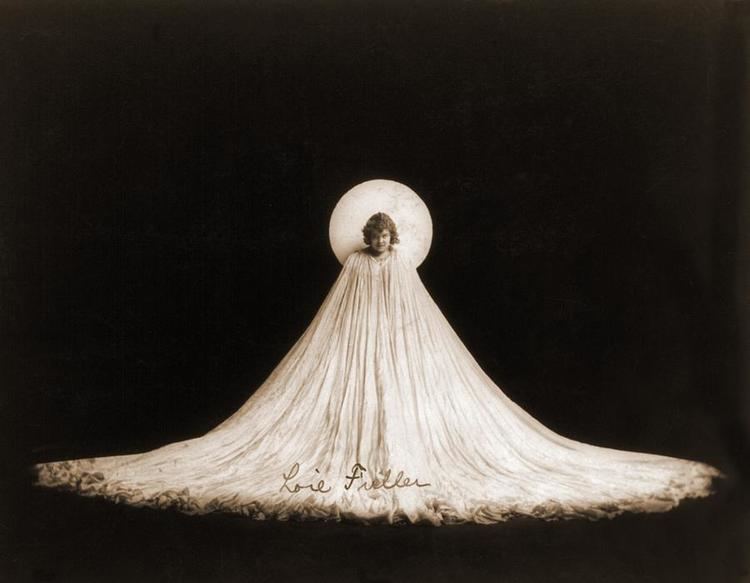
1895 1908 loie fuller s serpentine dance highlights from the greatest movie pioneers films
Career
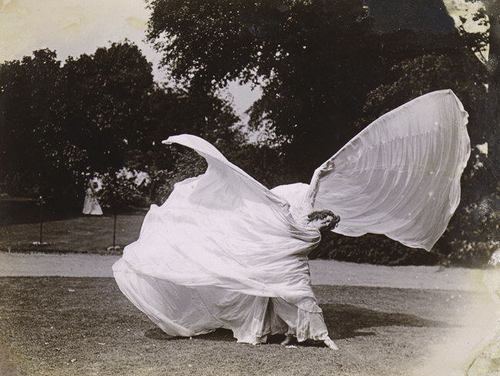
Born Marie Louise Fuller in the Chicago suburb of Fullersburg, now Hinsdale, Illinois, Fuller began her theatrical career as a professional child actress and later choreographed and performed dances in burlesque (as a skirt dancer), vaudeville, and circus shows. An early free dance practitioner, Fuller developed her own natural movement and improvisation techniques. Fuller combined her choreography with silk costumes illuminated by multi-coloured lighting of her own design.

Although Fuller became famous in America through works such as the serpentine dance (1891), she felt that she was not taken seriously by the public who still thought of her as an actress. Her warm reception in Paris during a European tour persuaded Fuller to remain in France and continue her work. A regular performer at the Folies Bergère with works such as Fire Dance, Fuller became the embodiment of the Art Nouveau movement. An 1896 film of the Serpentine Dance by the pioneering film-makers Auguste and Louis Lumière gives a hint of what her performance was like. (The unknown dancer in the film is often mistakenly identified as Fuller herself.)
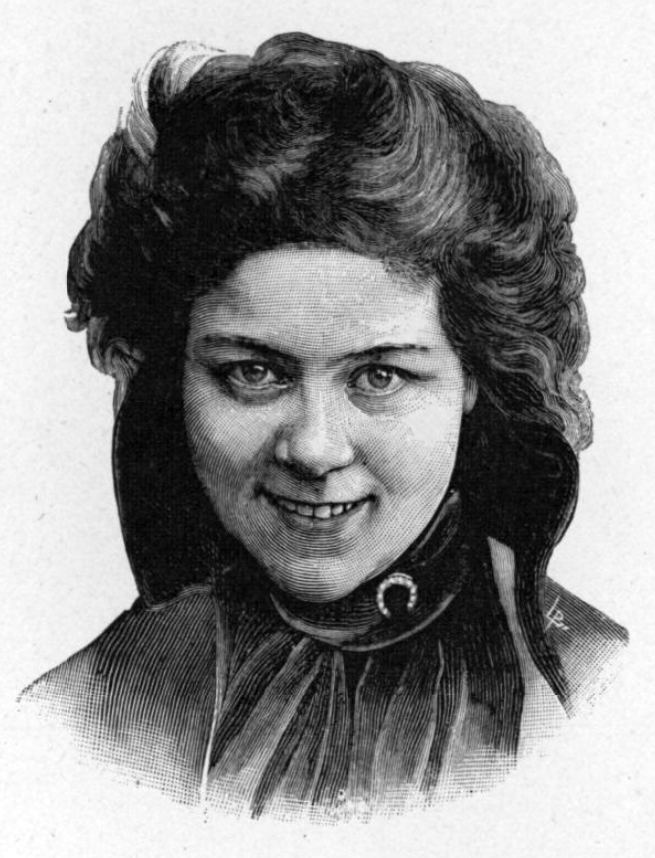
Fuller's pioneering work attracted the attention, respect, and friendship of many French artists and scientists, including Jules Chéret, Henri de Toulouse-Lautrec, François-Raoul Larche, Henri-Pierre Roché, Auguste Rodin, Franz von Stuck, Maurice Denis, Thomas Theodor Heine, Koloman Moser, Demetre Chiparus, Stéphane Mallarmé, and Marie Curie.

Fuller held many patents related to stage lighting including chemical compounds for creating color gel and the use of chemical salts for luminescent lighting and garments (stage costumes US Patent 518347). Fuller was also a member of the Société astronomique de France (French Astronomical Society).
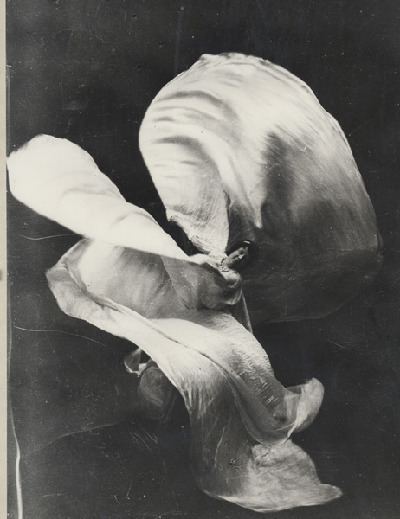
Fuller supported other pioneering performers, such as fellow United States-born dancer Isadora Duncan. Fuller helped Duncan ignite her European career in 1902 by sponsoring independent concerts in Vienna and Budapest.
Loie Fuller's original stage name was "Louie". In modern French "L'ouïe" is the word for a sense of hearing. When Fuller reached Paris she gained a nickname which was a pun on "Louie"/"L'ouïe". She was renamed "Loïe" - this nickname is a corruption of the early or Medieval French "L'oïe", a precursor to "L'ouïe", which means "receptiveness" or "understanding". She was also referred to by the nickname "Lo Lo Fuller".
Fuller formed a close friendship with Queen Marie of Romania; their extensive correspondence has been published. Fuller, through a connection at the United States embassy in Paris played a role in arranging a United States loan for Romania during World War I. Later, during the period when the future Carol II of Romania was alienated from the Romanian royal family and living in Paris with his mistress Magda Lupescu, she befriended them; they were unaware of her connection to Carol's mother Marie. Fuller initially advocated to Marie on behalf of the couple, but later schemed unsuccessfully with Marie to separate Carol from Lupescu. With Queen Marie and American businessman Samuel Hill, Fuller helped found the Maryhill Museum of Art in rural Washington State, which has permanent exhibits about her career.
Fuller occasionally returned to America to stage performances by her students, the "Fullerets" or Muses, but spent the end of her life in Paris. She died of pneumonia at the age of 65 on January 1, 1928 in Paris, just two weeks shy of her 66th birthday. She was cremated and her ashes are interred in the columbarium at Père Lachaise Cemetery in Paris. Her sister, Mollie Fuller, had a long career as an actress and vaudeville performer.
Continuing influence
Fuller's work has been experiencing a resurgence of professional and public interest. Rhonda K. Garelick's 2009 study entitled Electric Salome demonstrates her centrality not only to dance, but also modernist performance. Sally R. Sommer has written extensively about Fuller's life and times Marcia and Richard Current published a biography entitled Loie Fuller, Goddess of Light in 1997. The philosopher Jacques Rancière devoted a chapter of Aisthesis, his history of modern aesthetics, to Fuller's 1893 performances in Paris, which he considers emblematic of Art Nouveau in their attempt to link artistic and technological invention. And Giovanni Lista compiled a 680-page book of Fuller-inspired art work and texts in Loïe Fuller, Danseuse de la Belle Epoque, 1994.
Recently, Stéphanie de Giusto directed the movie "La Danseuse" about the life of Loïe Fuller, with actresses Soko as Loïe and Lily-Rose Depp as Isadora Duncan. Jody Sperling choreographed Soko's dances for the movie, served as creative consultant and was Soko's dance coach, training her in Fuller technique. The movie was presented at the Cannes Film Festival in 2016.
Fuller continues to be an influence on contemporary choreographers. Sperling, who re-imagines Fuller's genre from a contemporary perspective, has choreographed dozens of works inspired by Fuller and expanded Fuller's vocabulary and technique into the 21st century. Sperling's company Time Lapse Dance consists of six dancers all versant in Fuller-style technique and performance. [1] Another is Ann Cooper Albright, who collaborated with a lighting designer on a series of works that drew inspiration from Fuller’s original lighting design patents. Shela Xoregos choreographed a tribute, La Loȉe, a solo which shows several of Fuller's special effects.
Written works
Fuller's autobiographical memoir Quinze ans de ma vie was written in English, translated into in French by Bojidar Karageorgevitch and published by F. Juven (Paris) in 1908 with an introduction by Anatole France. She drafted her memoirs again in English a few years later, which were published under the title Fifteen Years of a Dancer's Life by H. Jenkins (London) in 1913. The New York Public Library Jerome Robbins Dance Collection holds the nearly complete manuscript to the English edition and materials related to the French edition.
